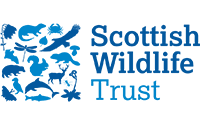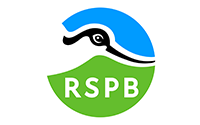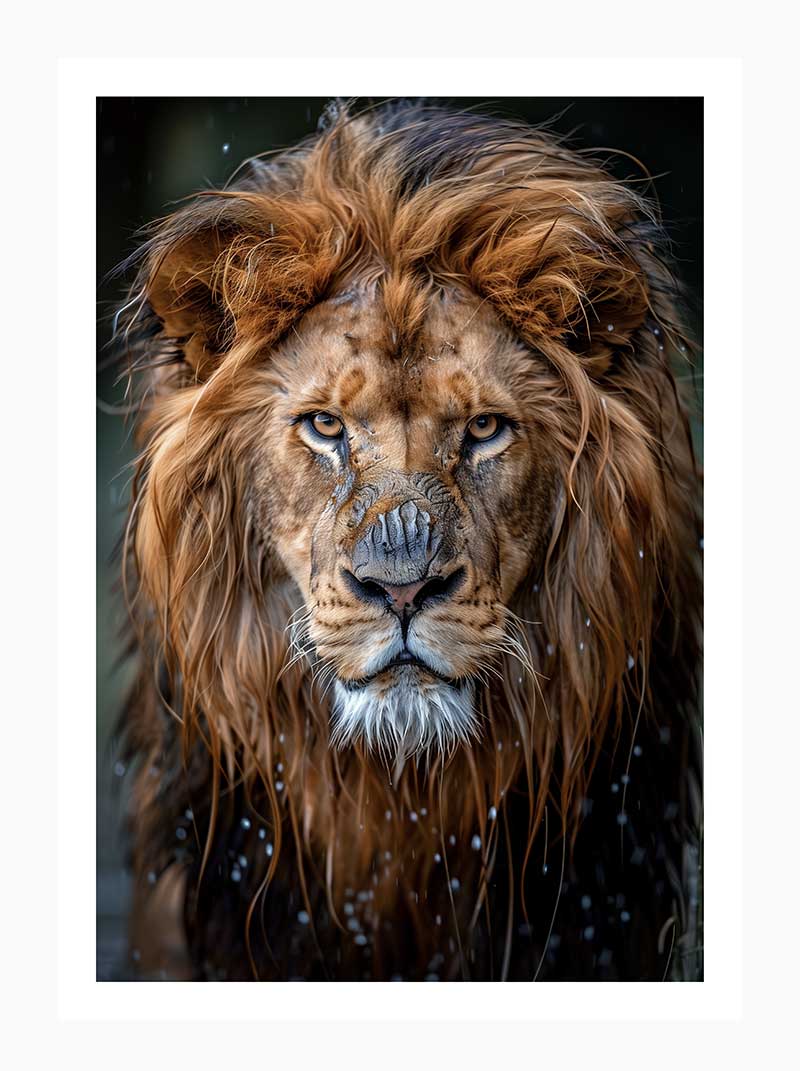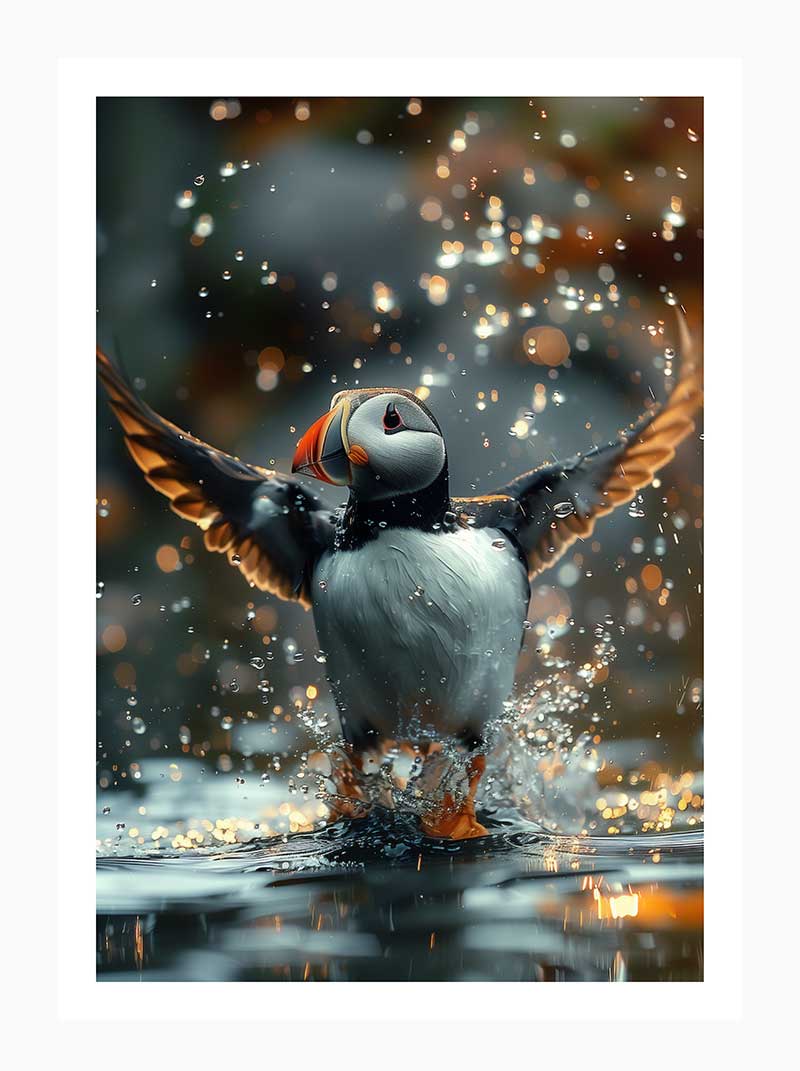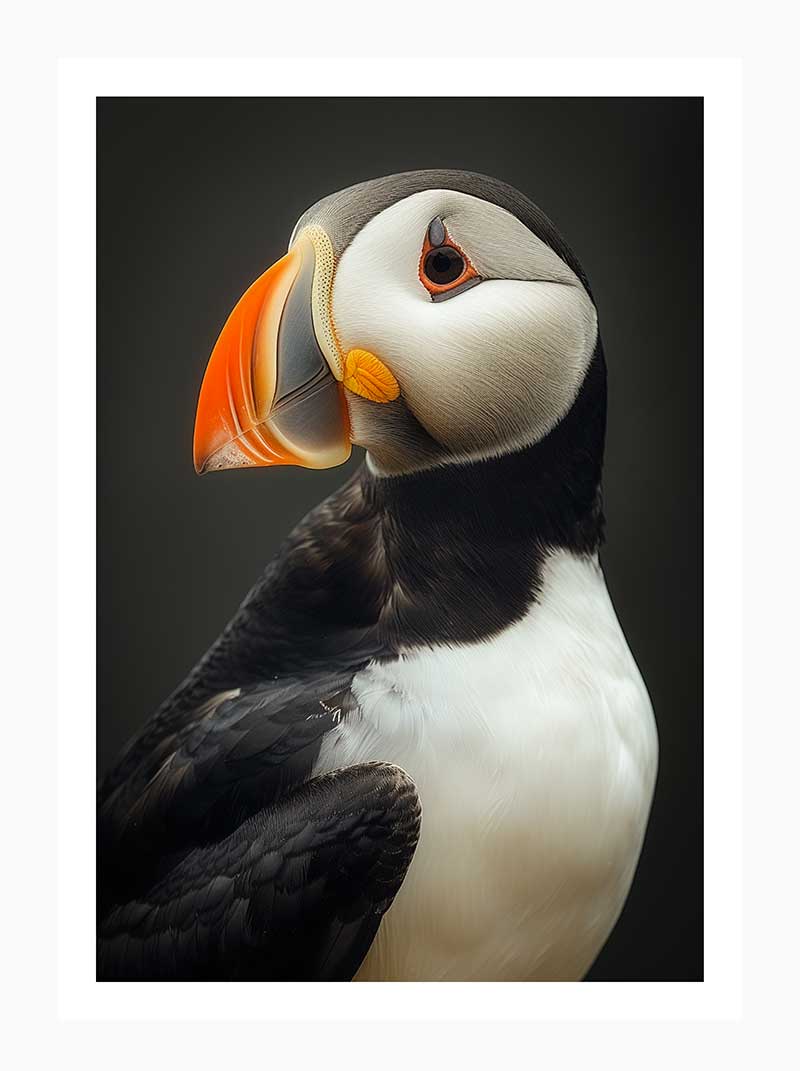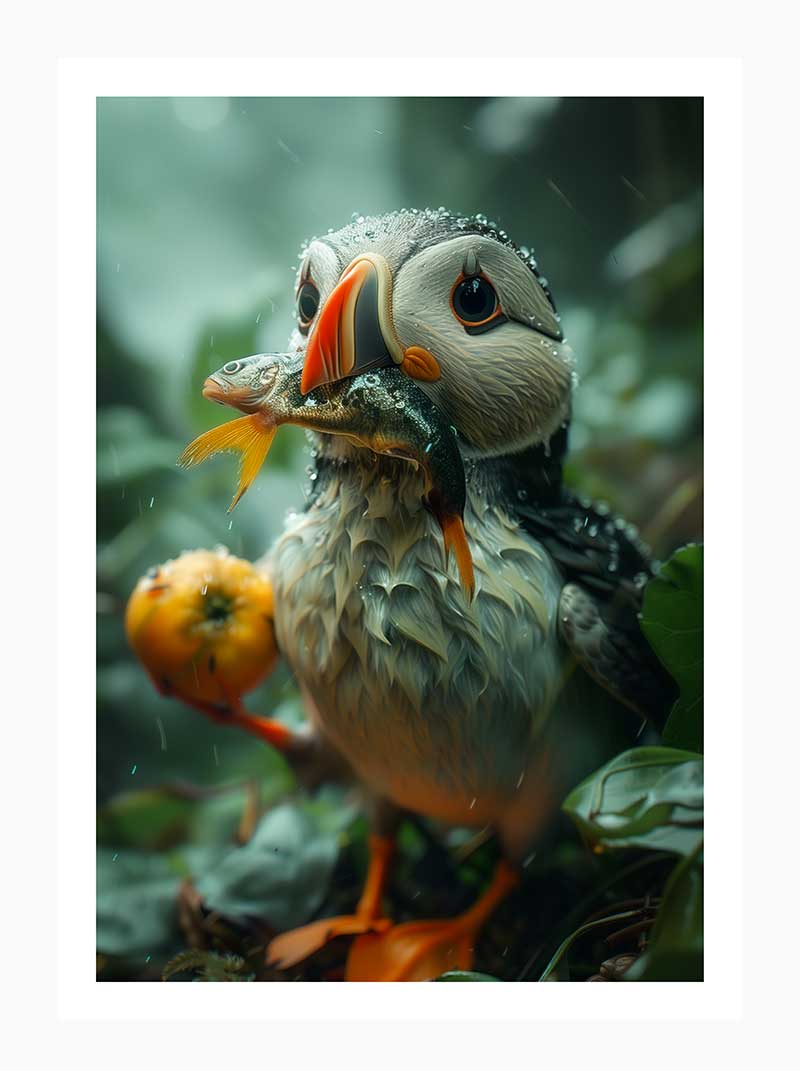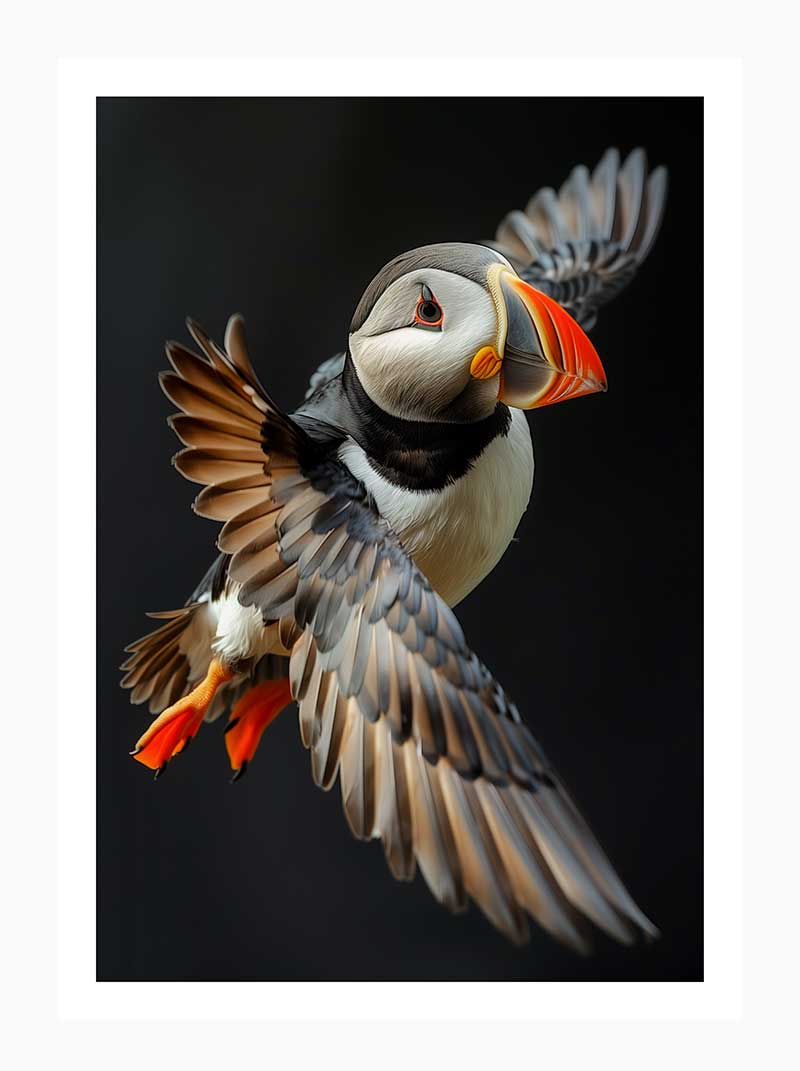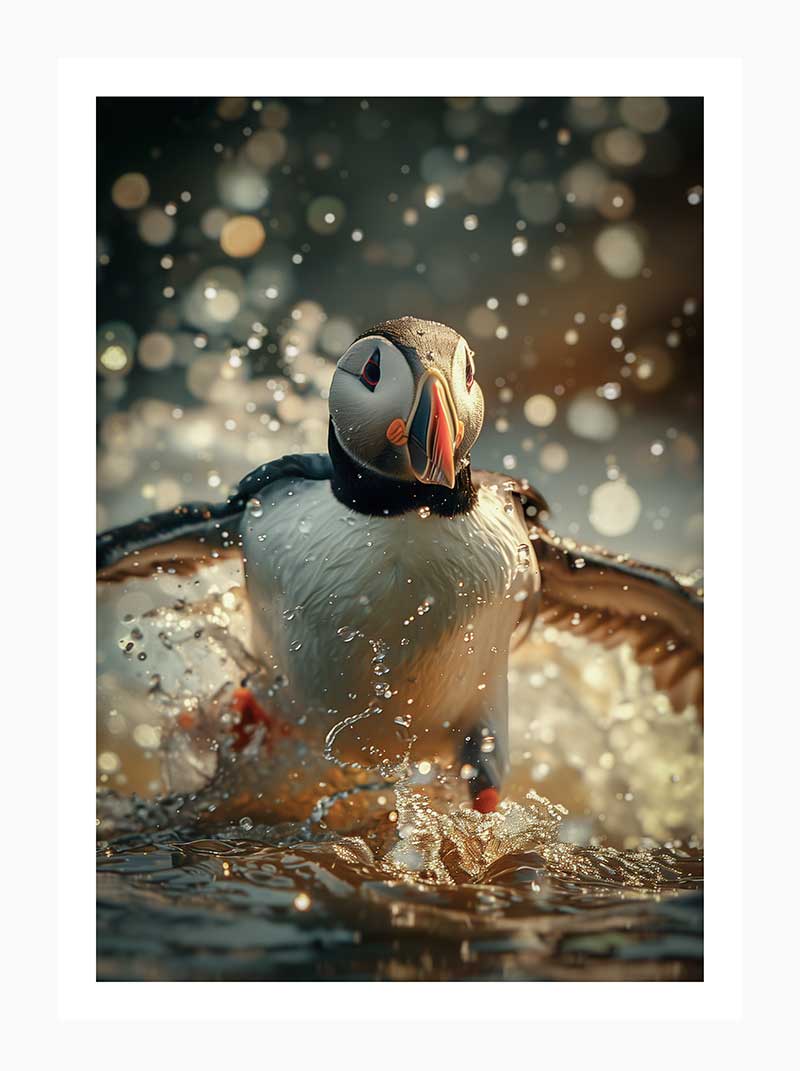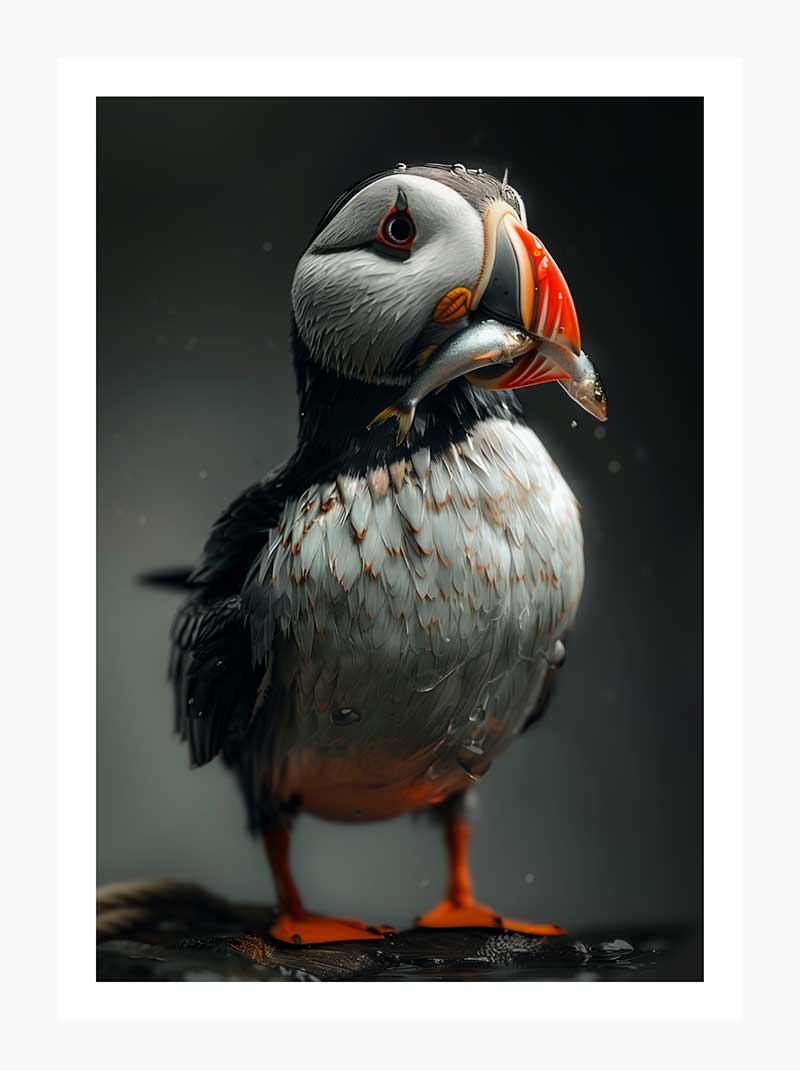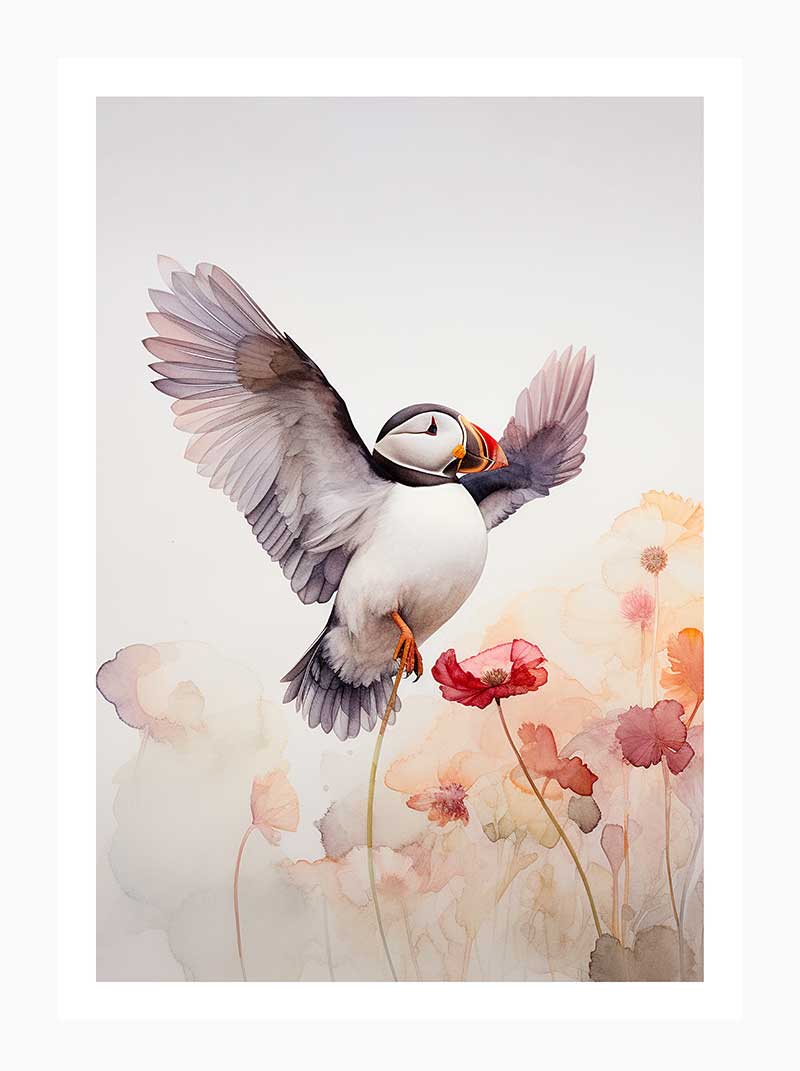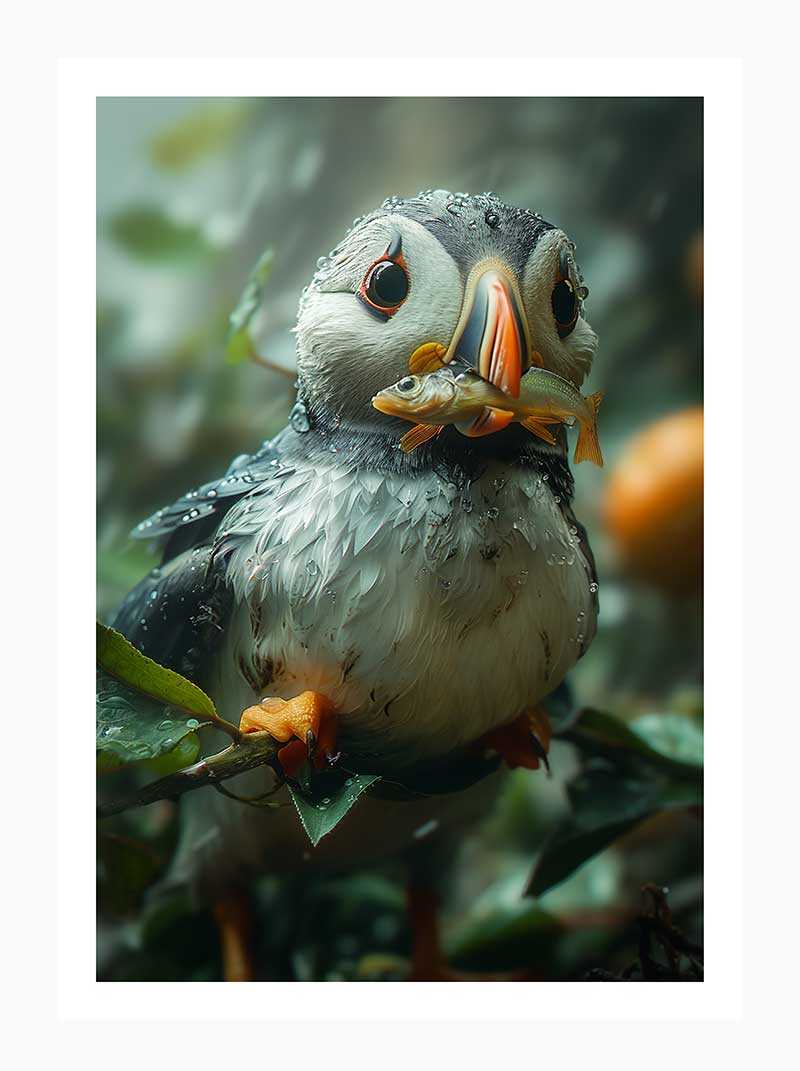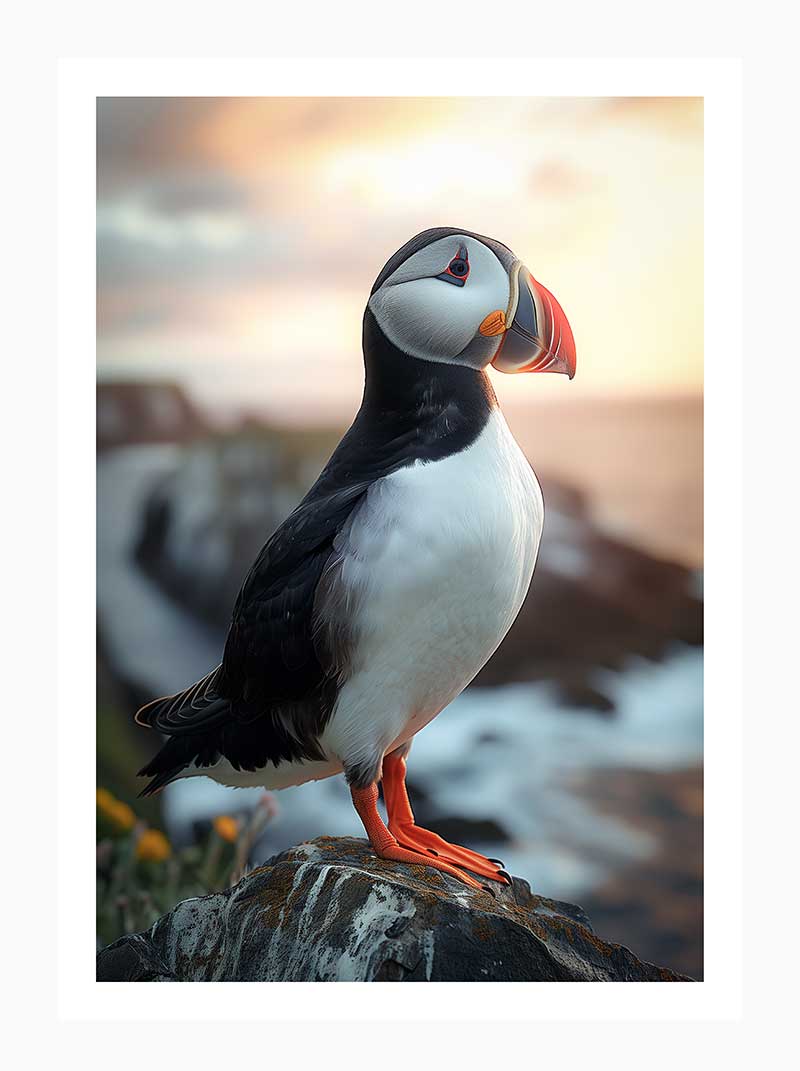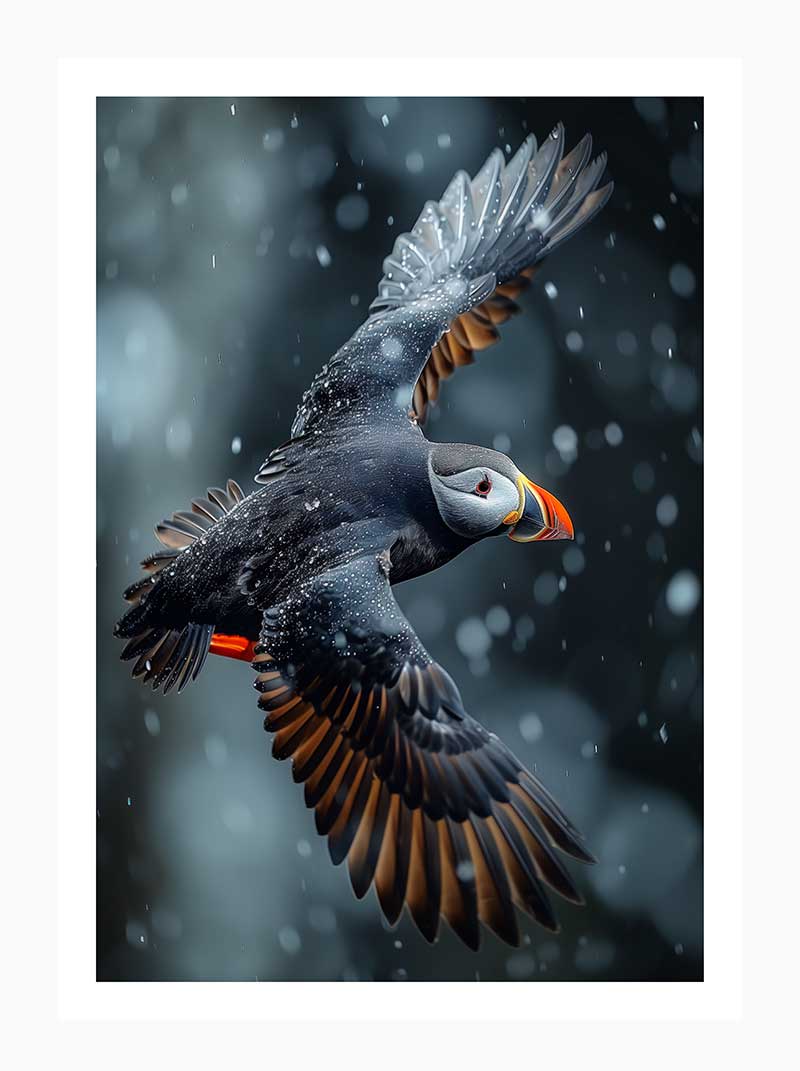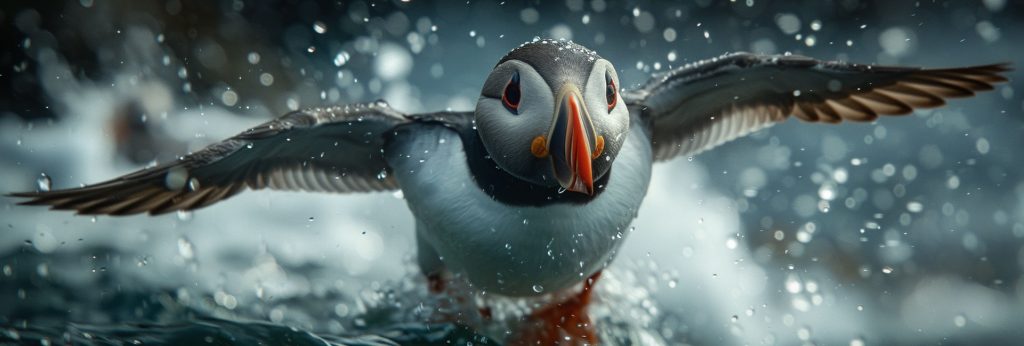
Puffins in Scotland
The Puffin Profile: Adorable, Adaptable, and Distinctive
Puffins are small, with compact bodies covered in black and white feathers, which contrast with their bright, multi-coloured beaks and striking orange feet. Often dubbed “sea parrots” or “clowns of the sea,” they are not only captivating in appearance but also highly specialized for life both on land and at sea. Puffins are built for both diving and flying, able to reach depths of up to 60 meters underwater as they hunt for small fish like herring and sand eels. Their powerful, compact wings, while efficient underwater, make flying a rather laborious task, resulting in their famous fast-flapping flight.
During breeding season, puffins become even more distinct with vibrant beak colours. After raising their young, they return to the open sea, where they spend the winter months—living and sleeping on the ocean waves.
The Puffins’ Summer Retreat: Scotland’s Highlands and Islands
Scottish puffins primarily nest along coastal cliffs and remote islands, and the Highlands and surrounding islands are ideal for these summer residents. Some of the best places to spot puffins in Scotland include:
- Isle of May: A National Nature Reserve in the Firth of Forth, this island is home to one of the largest puffin colonies on the east coast. Visitors can take boat trips from Anstruther and North Berwick to see puffins and other seabirds.
- St Kilda: A National Trust for Scotland location.
- Shiant Isles: A privately owned location supported by RSPB and NatureScot.
- Handa Island Wildlife Reserve: A Scottish Wildlife Trust location.
- Dunnet Head: An RSPB location.
- Hermaness NNR: A NatureScot location.
- The Treshnish Isles: A National Trust for Scotland location
From late April to early August, puffins come ashore to nest in burrows or crevices in rocky cliffs, where they create safe spaces to lay eggs and raise their chicks, known as “pufflings.”
These locations, often isolated and protected, provide puffins with the ideal environment to lay their eggs and rear their young with minimal disturbance from predators.

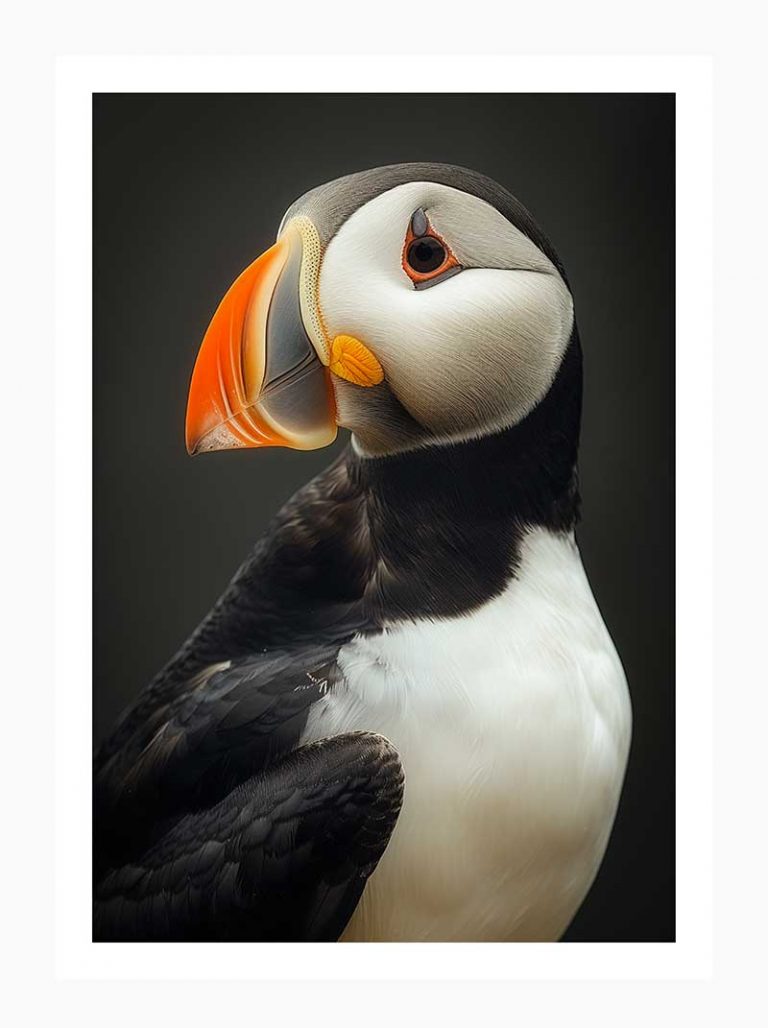
Puffin Behaviours and Social Life
Puffins are social seabirds, often found in large colonies during breeding season. This group behavior is essential for protection, communication, and sharing food sources. Once a pair of puffins mates, they are typically bonded for life, returning each year to the same burrow or nesting site and engaging in charming courtship rituals, including bill-knocking (called “billing”) and bowing.
Puffins are also impressive parents, with both male and female birds taking turns to incubate the egg and later to bring fish to their chicks. Once the pufflings are strong enough, they make their way from the burrow to the sea, where they begin their independent lives.
Conservation Challenges Facing Puffins
While puffins are adored, their population has declined significantly in recent years. They are currently listed as vulnerable on the IUCN Red List, with climate change, overfishing, pollution, and invasive species posing serious threats.
1. Climate Change
As ocean temperatures rise, the availability of the small fish that puffins rely on, like sand eels, declines. Without adequate food supplies near nesting grounds, puffin colonies can struggle to feed their chicks, leading to low survival rates.
2. Overfishing
The fishing industry sometimes competes with puffins for food, which impacts the availability of essential fish for puffin survival. This issue is especially challenging for puffin populations already struggling due to changing ocean temperatures.
3. Plastic Pollution
Like other seabirds, puffins are at risk from plastic pollution. Mistaking plastic particles for food, puffins can ingest harmful materials that interfere with their health and reproductive success.
Protecting Scotland’s Puffins: Conservation Efforts
Conservation organizations in Scotland are working tirelessly to ensure that puffins and their habitats are preserved. Initiatives include:
Protected Marine Areas: Scotland has established several protected marine zones to help preserve puffin feeding grounds and reduce overfishing in critical habitats.
Monitoring and Research: Conservation groups, such as the Scottish Seabird Centre, monitor puffin colonies to better understand their population trends, diet, and breeding success. This research helps to inform policy changes and conservation strategies.
Community and Eco-Tourism Involvement: The puffin-watching eco-tourism industry plays a vital role in conservation. Not only do these tours raise awareness, but the funds generated also support ongoing protection efforts.
Tips for Puffin Spotting
If you’re interested in observing puffins, Scotland’s islands and coastal areas offer the perfect settings. Remember to visit between late spring and early summer, as this is the peak breeding season. Be sure to bring binoculars, as many colonies are found on remote cliffs and islands. Observing from a respectful distance is important for minimizing disturbance, allowing these birds to carry on with their daily lives without stress.
Cherishing and Protecting the Puffins
Scottish Highland puffins represent the beauty and resilience of wildlife in one of Europe’s most stunning landscapes. While they face challenges, the concerted efforts of conservationists, communities, and eco-tourists provide hope for these beloved seabirds. By learning about puffins, supporting conservation, and appreciating these charming creatures responsibly, we can help secure a future where puffins continue to thrive along Scotland’s rugged coastlines.



